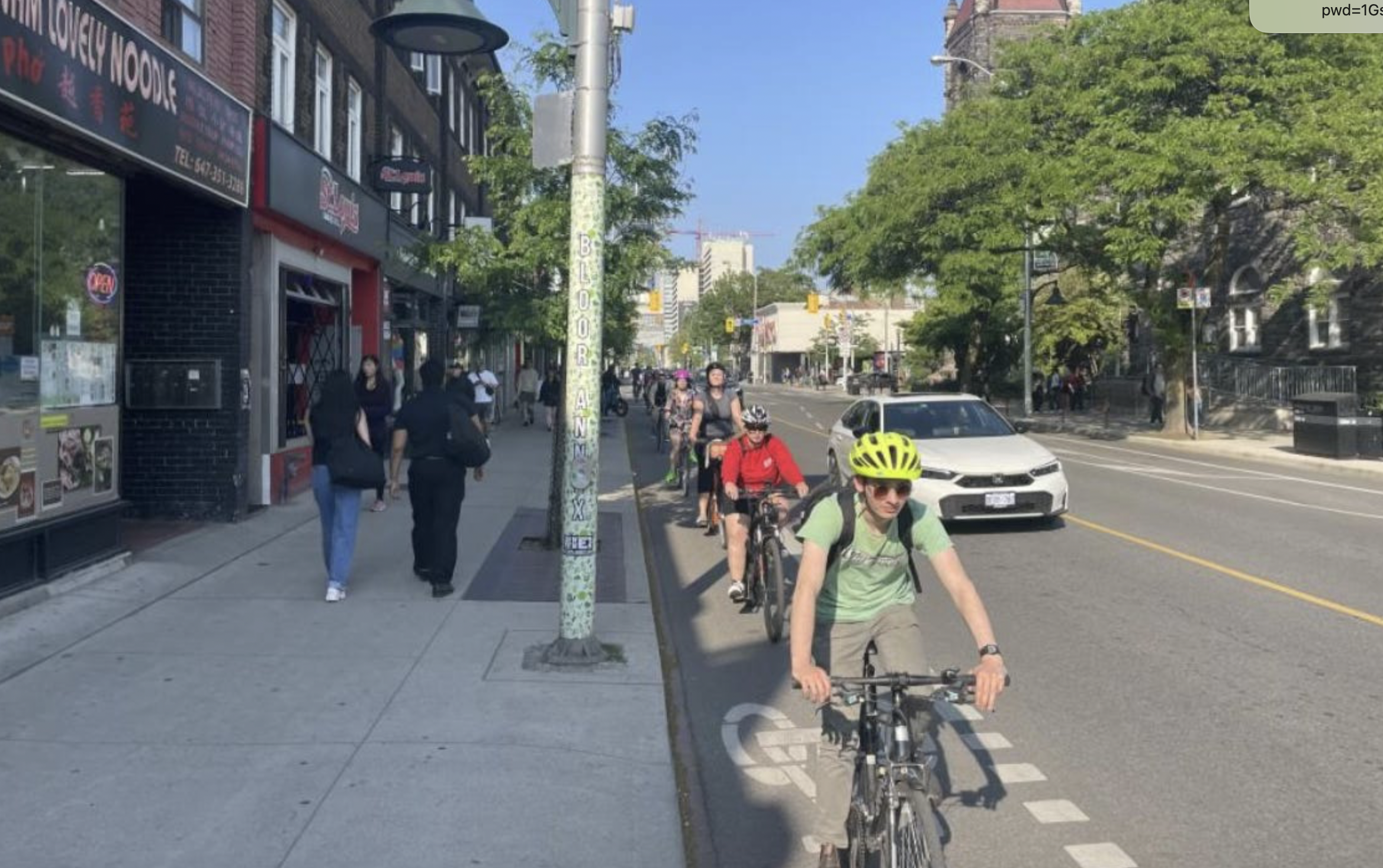The American transportation industry collectively raised its eyebrows this week when the California High-Speed Rail Authority released its revised business plan.
The sticker price for the 220mph line along the California coast rose to $98 billion, three times the original estimate of $33 billion. The authority's revised plan also included a new completion date of 2033, 13 years later than prior projections.
The revelation left many observers wondering whether the project has enough political support to survive this latest setback.
While the shock of the cost increase is still fresh, Yonah Freemark at the Transport Politic reminds everyone to keep their heads. A broader analysis of project spending place it within an acceptable range, he says:
Between now and 2033, the rail project would cost between $65 and $75 billion (in 2010 dollars). Over the same period, Caltrans, California’s Department of Transportation, can be expected to spend at least $286 billion (also in 2010 dollars), mostly on roads projects, assuming that its current annual budget of about $13 billion (including federal and state outlays) stays intact. In truth, considering that there is considerable support for increasing infrastructure spending in general, that figure is likely to go up considerably.
Compare those figures to the state’s GDP, which is estimated at about $1.9 trillion a year. Over the course of twenty-two years, the state will produce $42 trillion in output (again, in 2010 dollars) — assuming no growth in the economy, despite the fact that California’s population is expected to grow by seven to seventeen million people by 2040.
This very conservative estimate, then, suggests that a high-cost rail project would not only represent only 0.18% of a heavily depressed state economy over 22 years, but also that it would only account for 21% of the broader state transportation budget, which would remain mostly focused on highway construction and maintenance, as in the status quo. On average, the U.S. invested between 2.5 and 3% of its GDP on publicly sponsored infrastructure between the 1950s and 1990s. The full cost of the California project thus comes to appear far less dramatic.
Freemark adds that project costs are not out of line with international examples. Furthermore, the rail line, once completed, will be operationally profitable, something that can't be said for most of the state's roads.
Elsewhere on the Network today: A Portland resident reflects on how different his neighborhood might have been had highway plans proceeded as planned in the 1960s, via Bike Portland. The Missouri Bicycle and Pedestrian Federation reports that DeSoto, Kansas is reconsidering its bike ban. And Baltimore Spokes has some harsh words for local electeds and the city's DOT after the agency removed a recently installed bike lane.






